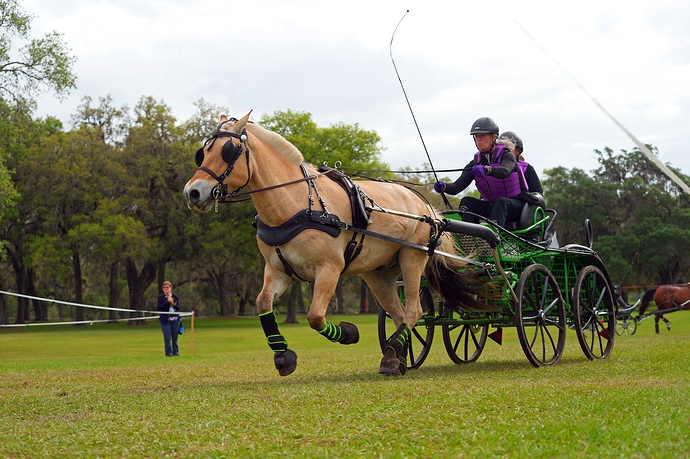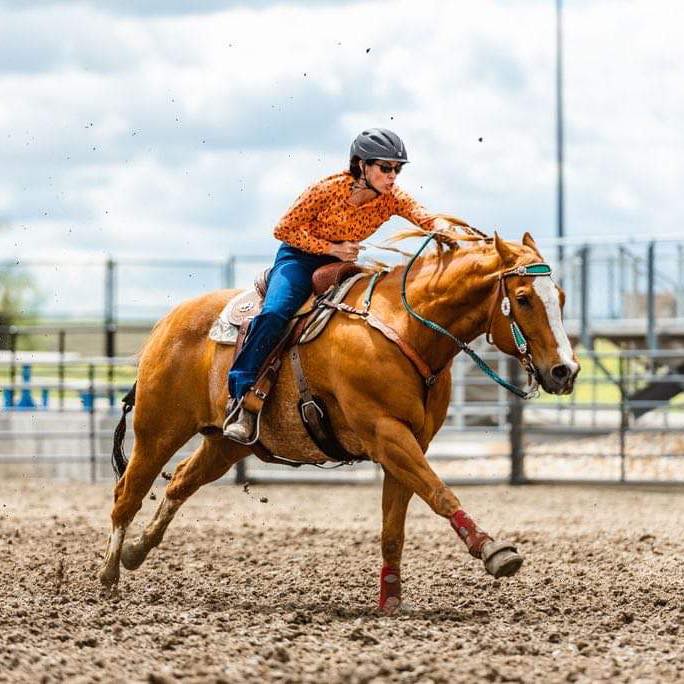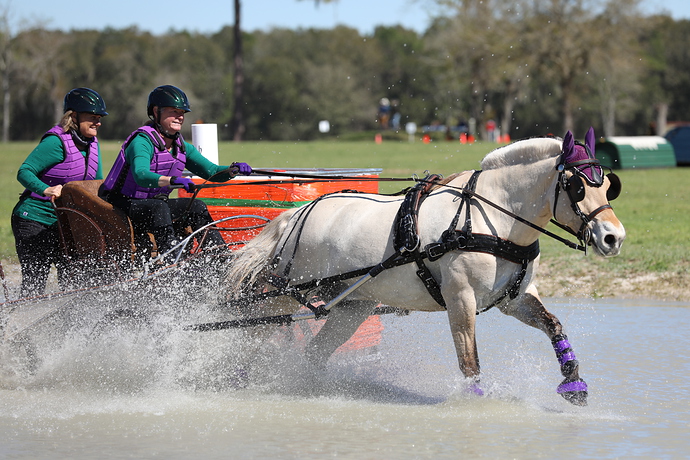My vet said he had heard of a “summer” one. Does anyone know of one? Currently using the Iconoclast.
This is for my 27 year old good OTTB.
edited to add:
Thank you for all your info and concern. My horse who raced until he was 6 has daily turnout with a buddy and mostly just wanders around finding the perfect piece of grass to eat or where to take a nap. He is barefoot and I use boots on hard terrain. I just want him to last forever and am doing everything possible to help that happen including regular lameness exams (he feels sound under saddle and looks sound on the longe but my vet often finds something like some suspensory reaction on palpation hence my current question). We have done PRP injections in his hocks and coffin joints. I am not doing FEI marathons but do take him out to the hounds and trail ride. I limit his jumping to little stuff rarely. We do our century ride in 2023 (72 and 28).

 The fetlock sling reduces fetlock flexion a bit, and that impacts all the ligaments and tendons in the back of the leg.
The fetlock sling reduces fetlock flexion a bit, and that impacts all the ligaments and tendons in the back of the leg.


